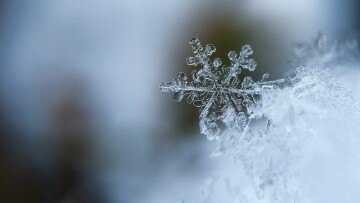Cold winters have morph-specific effects on natal dispersal distance in a wild raptor

The article "Cold winters have morph-specific effects on natal dispersal distance in a wild raptor" has been published in Behavioral Ecology, Volume 33, Issue 2, March/April 2022, Pages 419–427, https://doi.org/10.1093/beheco/arab149
Abstract
Dispersal is a key process with crucial implications in spatial distribution, density, and genetic structure of species’ populations. Dispersal strategies can vary according to both individual and environmental features, but putative phenotype-by-environment interactions have rarely been accounted for. Melanin-based color polymorphism is a phenotypic trait associated with specific behavioral and physiological profiles and is, therefore, a good candidate trait to study dispersal tactics in different environments. Here, using a 40 years dataset of a population of color polymorphic tawny owls (Strix aluco), we investigated natal dispersal distance of recruiting gray and pheomelanic reddish-brown (hereafter brown) color morphs in relation to post-fledging winter temperature and individual characteristics. Because morphs are differently sensitive to cold winters, we predicted that morphs’ natal dispersal distances vary according to winter conditions. Winter temperature did not affect the proportion of brown (or gray) among recruits. We found that dispersal distances correlate with winter temperature in an opposite manner in the two morphs. Although the gray morph undertakes larger movements in harsher conditions, likely because it copes better with winter severity, the brown morph disperses shorter distances when winters are harsher. We discuss this morph-specific natal dispersal pattern in the context of competition for territories between morphs and in terms of costs and benefits of these alternative strategies. Our results stress the importance of considering the interaction between phenotype and environment to fully disentangle dispersal movement patterns and provide further evidence that climate affects the behavior and local distribution of this species.